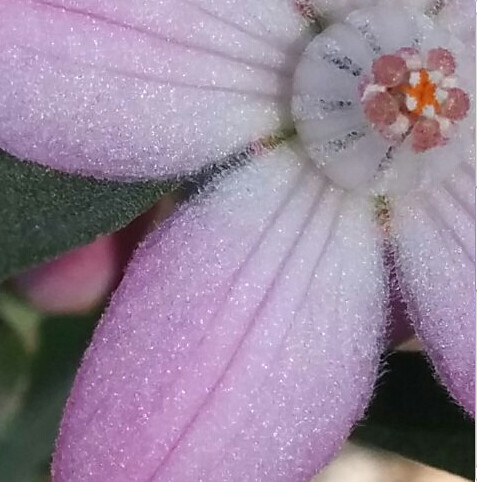Eucalyptus piperita
“A small graceful tree to 15m high, but sometimes much taller” NOPS p.38
During the big storms a few weeks ago I was lying in bed at around 11pm just about to ready to go to sleep when a loud and prolonged cracking sound started coming from just outside the bedroom. I knew right away that the large Sydney Peppermint gum in the back yard was falling over! I jumped up and tried to get to the window but it was pitch dark and storming, I couldn’t a thing. As the cracking continued I was terrified it was going to fall on the house, luckily it went the other way and ended up taking out a sizeable swath of bush and other trees as it came down. Phew!
The Sydney Peppermint gum is a small to medium tree of up to 15m but can be much taller in the right conditions. It’s trunk is covered by rough grey bark that detaches from the tree and hangs in strips as it reaches higher up revealing smooth white upper branches. The leaves have a strong peppermint smell especially when crushed. The Sydney Peppermint was the first Australian plant to be used medicinally by Europeans. It’s oil was found by a surgeon on the first fleet to be “more efficacious in removing all cholicky complaints than of the English Peppermint”
As the name suggests Sydney Peppermint gum is found in the Sydney basin, it ranges from the extreme south NSW coast up to the central north coast. Flowering time is early summer.
It was a shame to loose the tree, it was a large feature of the back yard. The pair of kookaburras who used to sit in it came and sat on the toppled tree no doubt wondering what had happened.


Resources and references






